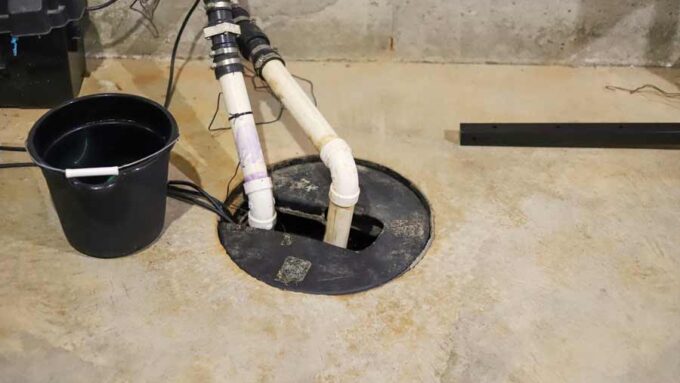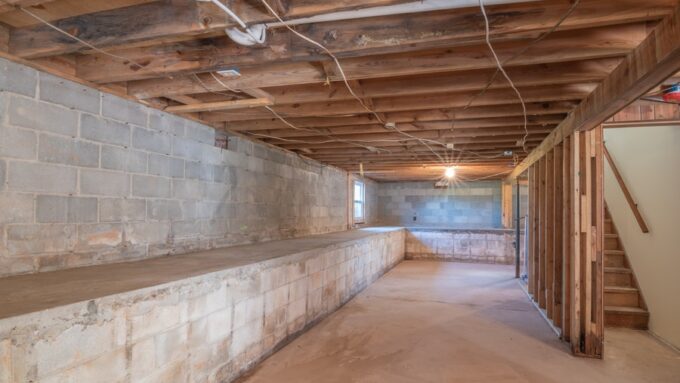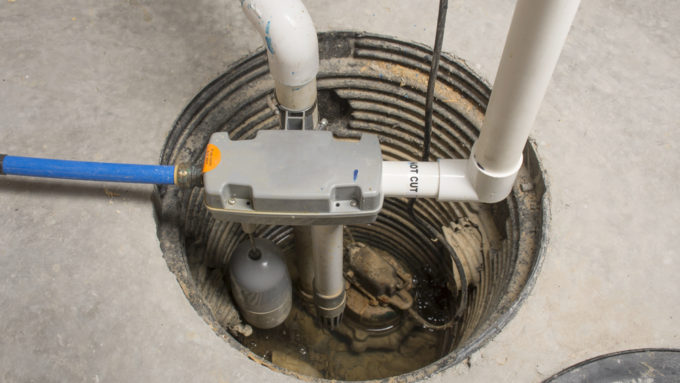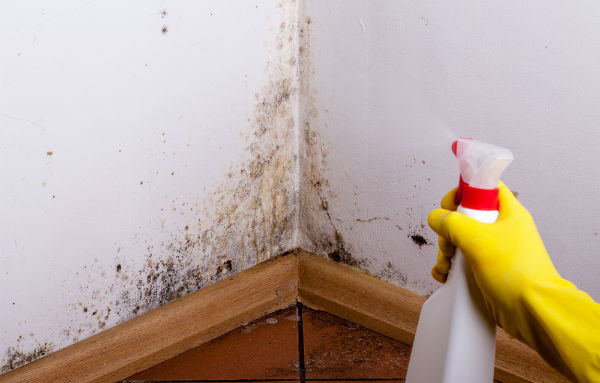To avoid basement flooding, there is nothing more of a lifesaver than your sump pump.
Your sump pump works hard to pump excess water out of your home and keep things dry. Along with your sump pump, a critical piece of equipment to keep your sump pump working at optimal efficiency is a check valve.
Read on to learn how and why a sump pump check valve is such an important part of keeping your home safe and dry.
The Sump Pump Process
If you live in a home that is prone to frequent flooding, you probably have a sump pump to help capture the excess water and help with drainage. Sump pumps also help keep lower level surface areas free of excess dampness and moisture, which prevents the growth of mold.
If your property is situated on a crawlspace foundation that is susceptible to excessive moisture, humidity, standing water, poorly draining soil, or general water drainage issues, you definitely need a sump pump.
As excess water flows and gathers in the sump pit (also called a crock or basin), the sump pump kicks in to pump this excess water out of the pit through a drainage outlet. A sump pump check valve should be installed near the drainage outlet to prevent water from flowing back into the pump.
If water re-enters the pump and collects back in the sump crock, the risk of flooding your basement or crawlspace increases.
The Role of a Sump Pump Check Valve
By keeping the water in and flowing out through the discharge outlet/pipe, a sump pump check valve is a protective measure against flooding.
It works to prevent water from escaping the discharge pipe and returning through the pump once it shuts off. If that happens, water seeps back into the sump pit and ultimately overflows, potentially flooding your living space.
Check valves perform other important functions in the sump pump process:
Sump Pump Efficiency
Once the sump pump float is triggered by water levels in the sump pit, the sump pump kicks in, pumping out the water.
Check valves prevent backflow of remaining water left in the discharge pipe to flow back through the pump and refill the sump pit.
The water backflow prevention of a check valve makes the entire process more efficient by pumping only once, saving energy and wear and tear on your sump pump.
Sump Pump Protection
If a check valve is not in place to prevent water backflow from the drainage pipe, the sump pump has to pump out the water a second time.
Because the sump pump is doing twice the work, the motor will burn out faster. Without a check valve, the risk of sump pump failure is higher and more frequent.
Check Valve Maintenance
Make sure the check valve is in proper alignment with the sump pump.
Look for and clean out any dirt or debris blocking water flow to or through the discharge pipe.
Test the check valve once the sump pump shuts off by looking for water backflow into the sump pump and pit once the sump pump shuts off. If you see water backflow, it’s an indication of check valve failure. Look for cracks, leaks, or wet areas around the seals, connections, and check valve itself.
Conclusion
Should an inefficient or failing sump pump be the cause for flooding or mold growth in your home, reach out to the water damage cleanup and mold remediation experts at RCS in Santa Rosa.




